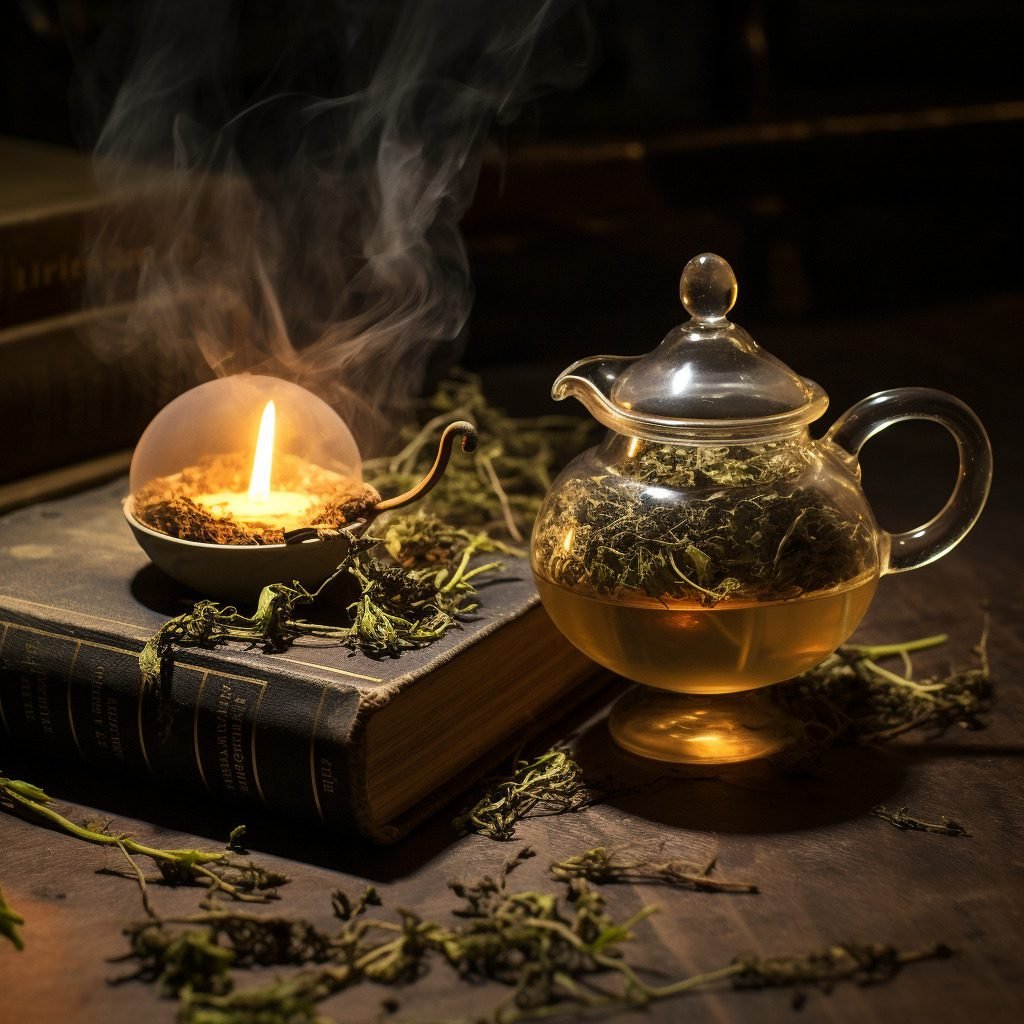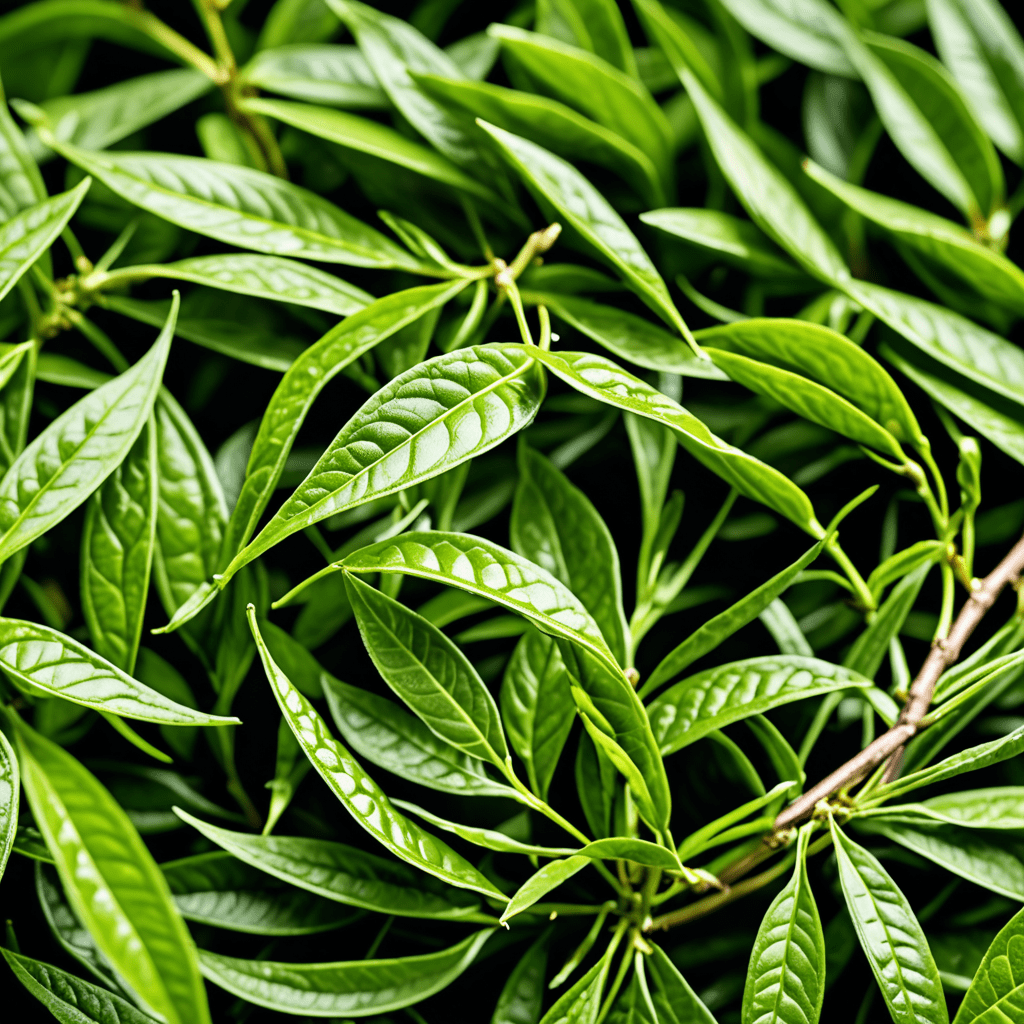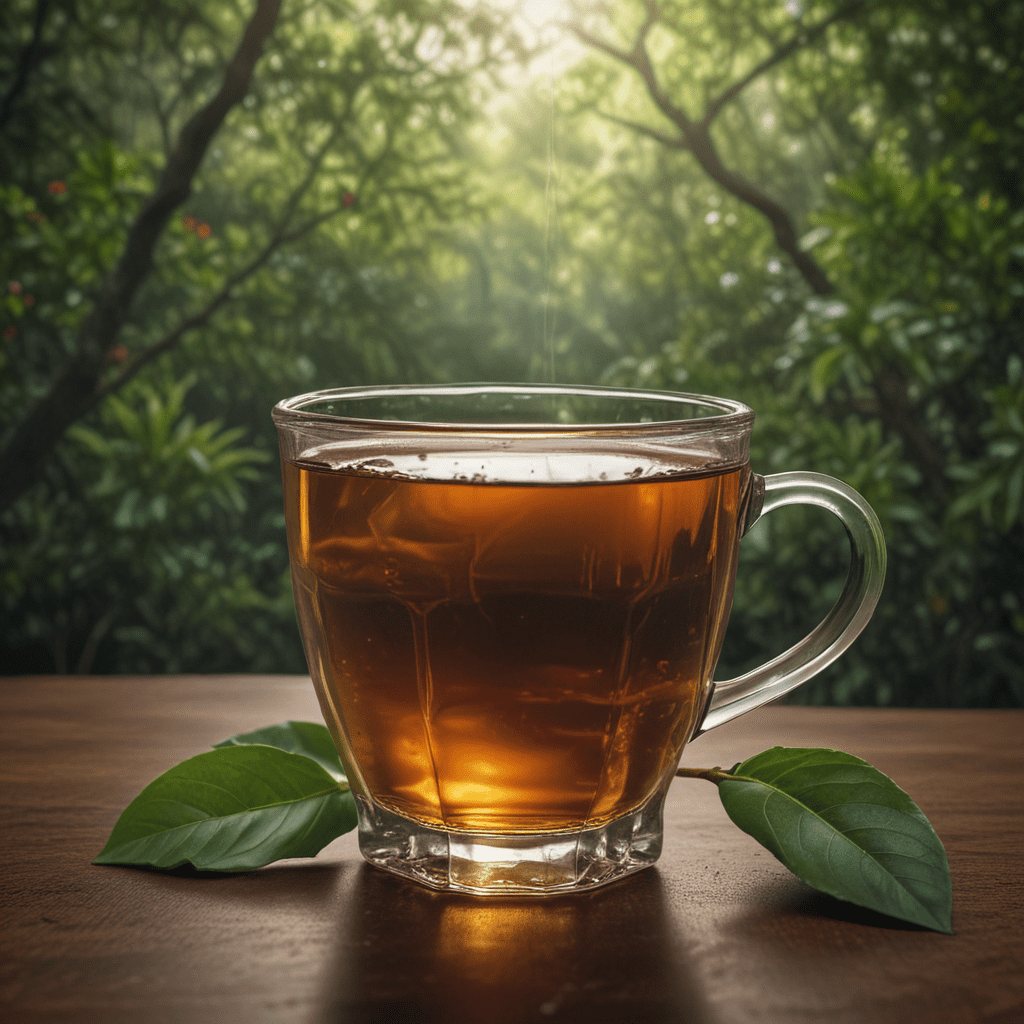The Art of Tea Leaf Reading: Unlocking Hidden Secrets and Foretelling the Future
Have you ever found yourself captivated by the swirling patterns and delicate aromas of a cup of tea? Tea has been cherished for centuries for its soothing properties and diverse flavors, but did you know it can also hold the key to unlocking hidden secrets and foretelling the future? Welcome to the intriguing world of Tea Leaf Reading.
Introduction
Tea Leaf Reading, also known as Tasseography, is an ancient divination practice that involves interpreting patterns formed by tea leaves at the bottom of a cup. It is believed to have originated in China thousands of years ago and has since spread to various cultures around the world. This mystical artform allows individuals to gain insight into their past, present, and future by interpreting the symbols and shapes left behind in their tea cups.
Key Elements
To fully appreciate the art of Tea Leaf Reading, it’s important to understand its key elements. Here are three aspects that form the foundation of this practice:
- Tea Leaves: The type of tea leaves used in Tea Leaf Reading can vary, but loose-leaf teas are often preferred due to their larger size and more distinct shapes. Different tea varieties may have specific symbolic meanings associated with them, adding an additional layer of interpretation to the reading.
Cup and Saucer: The choice of cup and saucer can influence the reading as well. Traditionally, a white or light-colored interior is preferred to provide a clear canvas for the tea leaves. The shape and size of the cup can also impact the patterns formed, allowing for different interpretations.
Intuition and Interpretation: Tea Leaf Reading is a highly intuitive practice. The reader must be open to receiving messages and trust their intuition to interpret the symbols left by the tea leaves. The meaning behind each symbol can vary depending on the individual and their unique experiences, making each reading a personal journey.
Tips for Tea Leaf Reading
If you’re intrigued by the art of Tea Leaf Reading and would like to try it for yourself, here are some practical tips to get you started:
- Choose Quality Loose-Leaf Teas: Opt for high-quality loose-leaf teas that are known for their rich flavors and large tea leaves. Avoid teas that are heavily processed or contain artificial additives, as they may not provide clear and distinct patterns in the cup.
- Subtip: Some popular tea varieties for Tea Leaf Reading include black tea, green tea, and herbal teas like chamomile and lavender.
- Use a Wide and Shallow Cup: When selecting a cup for reading tea leaves, choose one that is wide and shallow. This allows for better visibility of the tea leaves and the patterns they create. Avoid cups with intricate designs inside, as they may interfere with interpretation.
Develop Your Symbolic Language: Just like any language, Tea Leaf Reading has its own symbols and meanings. Take the time to study and familiarize yourself with commonly recognized symbols, such as hearts for love, circles for unity, or trees for growth. However, keep in mind that personal interpretations can also play a significant role in the reading.
Trust Your Intuition: Tea Leaf Reading is an intuitive art, so it’s essential to trust your instincts and interpretations. As you practice, allow your intuition to guide you in deciphering the messages hidden within the tea leaves. Over time, you’ll develop a stronger connection to the symbols and their meanings.
Incorporating Tea Leaf Reading
If you’re interested in incorporating Tea Leaf Reading into your tea-making routine, consider the following ideas:
- Create a Ritual: Set aside a special time and place for your Tea Leaf Reading practice. Light a candle, play calming music, and create a serene environment to enhance your focus and connection to the tea leaves.
- Subidea: Invite friends or loved ones to join you in a Tea Leaf Reading session. Sharing the experience can deepen your connection and provide different perspectives on the symbols.
- Maintain a Tea Journal: Keep a journal to record your Tea Leaf Reading sessions. Document the symbols and patterns you encounter, along with any insights or feelings that arise. Over time, you may notice patterns or recurring themes that can provide valuable guidance.
Attend Workshops or Seek Expert Guidance: Consider attending workshops or seeking guidance from experienced Tea Leaf Reading practitioners. Learning from experts can deepen your understanding of the art and offer valuable insights into different interpretation techniques.
FAQ about Tea Leaf Reading
Q: Can anyone learn Tea Leaf Reading?
A: Yes, anyone with an open mind and a willingness to learn can delve into the art of Tea Leaf Reading. It’s a practice that welcomes individuals from all walks of life.
Q: Are there specific rules or guidelines for interpreting the symbols?
A: While there are common symbols and interpretations, the meaning of each symbol can vary depending on the individual’s intuition and personal experiences. Trusting your instincts and developing your own symbolic language is an essential part of Tea Leaf Reading.
Q: Can Tea Leaf Reading predict the future?
A: Tea Leaf Reading is not meant to provide definitive predictions of the future. Instead, it offers insight into the present moment and can guide individuals in making choices that align with their highest good.
Q: Is Tea Leaf Reading a form of fortune-telling?
A: Tea Leaf Reading can be seen as a form of divination, but it should not be regarded as a tool for predicting specific events or outcomes. Instead, it provides a broader perspective and encourages introspection and self-reflection.
In conclusion, Tea Leaf Reading offers a unique and fascinating way to connect with tea on a deeper level. Whether you’re seeking guidance, introspection, or simply a new experience, this ancient artform can unlock hidden secrets and open the door to a world of possibilities. So next time you pour yourself a cup of tea, take a moment to appreciate the patterns and symbols that dance in the leaves, for they may just hold the key to a brighter future.



